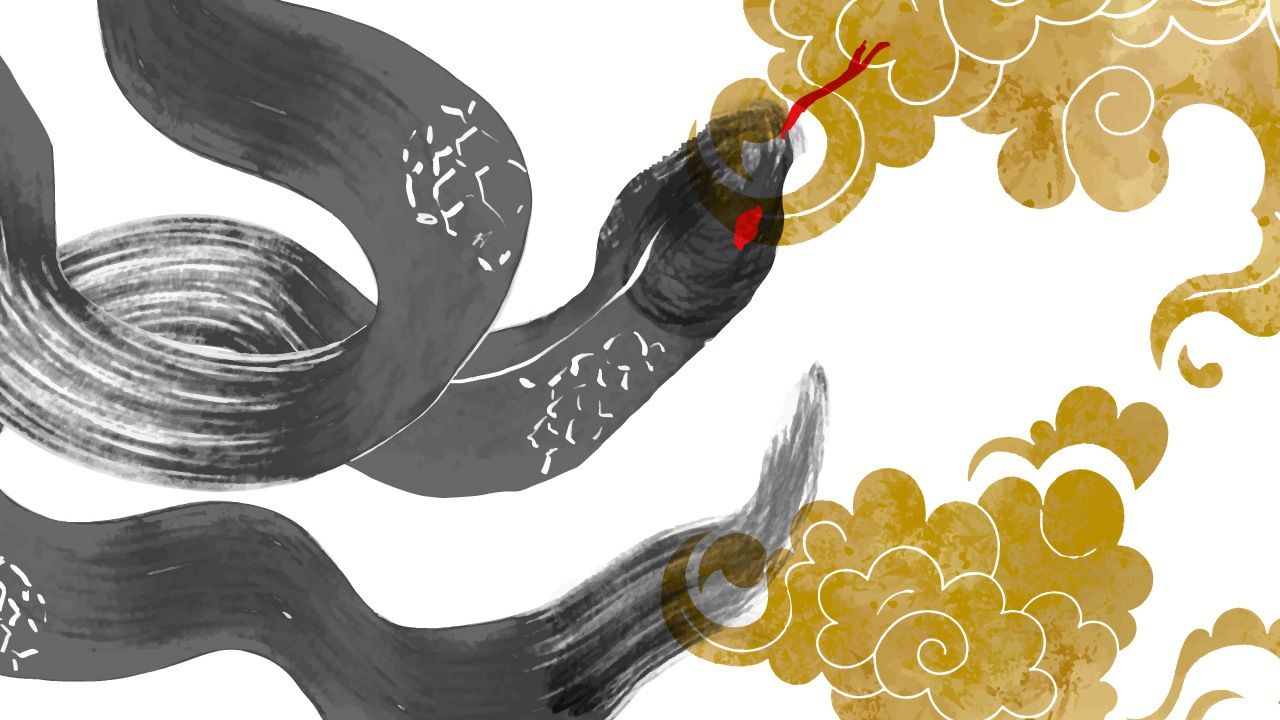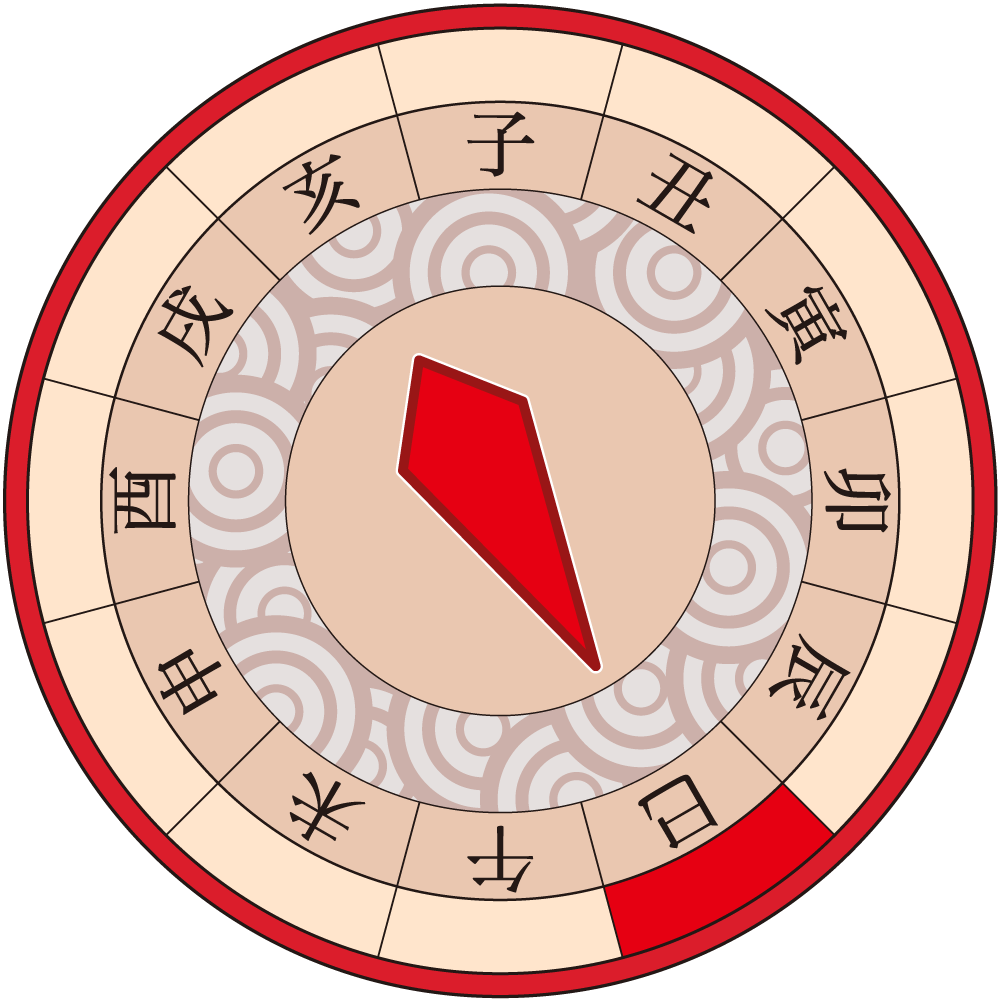
The Year of the Snake: Slithering into 2025
Lifestyle Culture Society- English
- 日本語
- 简体字
- 繁體字
- Français
- Español
- العربية
- Русский
Financial Fortunes
A humble reptile slithers into the spotlight in 2025, which will be the Year of the Snake according to the 12-year cycle of zodiacal animals, known in Japanese as eto. Serpents of all kinds will be a regular sight on themed displays, nengajō cards, and calendars that are common sights across the country from December into the new year.
While snakes make many people uneasy, they are also associated with financial fortunes in Japan. According to superstition, popping a bit of cast-off snakeskin or a snake charm into one’s purse or wallet is one step on the route to riches.
This derives from the belief that white snakes are incarnations of Benzaiten, one of the Seven Gods of Fortune, who is the goddess of wealth. It is said that for people looking to improve their finances, it is best to make a shrine visit on the day of the snake in the 12-day eto cycle.
Snakes are not only associated with monetary fortune. As they repeatedly shed their skins, these creatures are also seen as a lucky symbol of regeneration.
Eyeing Umbrellas
Historically the eto cycle was also used for compass directions and times of day. Mi (巳) corresponds with south-southeast. In the system whereby the day was divided into 12 “hours,” the hour of the snake took place during what for us is now the start of the working day, from nine to eleven in the morning.
Incidentally, special kanji are used for the eto that are different from everyday usage. The eto kanji for snake is 巳 (mi), but 蛇 (hebi) is used when talking about snakes in general. The character is seen in the words 蛇口 (jaguchi, meaning “faucet” or “tap”) and 蛇の目 (janome), literally “snake’s eye,” a ring pattern commonly found on traditional umbrellas or at the bottom of sake cups.

Kanji for the 12 eto line up in order around a circle. Clockwise from the top, they represent the rat, ox, tiger, rabbit, dragon, snake, horse, sheep, monkey, rooster, dog, and boar. (© Pixta)
Snake Sayings
竜頭蛇尾—Ryūtō dabi. “Dragon head, snake tail” describes something that initially appears wonderful or amazing, but ends disappointingly.
蛇に睨まれた蛙—Hebi ni niramareta kaeru. “A frog being stared at by a snake” refers to a state of being frozen in terror, similar to the phrase “a deer in the headlights” in English.
蛇に噛まれて朽縄におじる—Hebi ni kamarete kuchinawa ni ojiru. Making a mistake once may lead to excessive caution in future attempts, as seen in the expression “being bitten by a snake and fearing a rotted rope.” An English equivalent is “once bitten, twice shy.”
藪をつついて蛇を出す—Yabu o tsutsuite hebi o dasu. “Poking a bush and forcing out a snake” means to bring trouble on oneself through an unnecessary action. In current Japanese, it is often heard in the shortened form yabuhebi.
蛇足—Dasoku. In a contest to draw a snake quickly in ancient China, the first person to finish was so far ahead of the others that he added on some legs, and ended up losing. The phrase “snake legs,” derived from the story, now means something redundant, or a pointless side track in a conversation.

Illustrating dasoku with some superfluous snake legs. (© Pixta)
(Originally published in Japanese. Banner photo © Pixta.)
